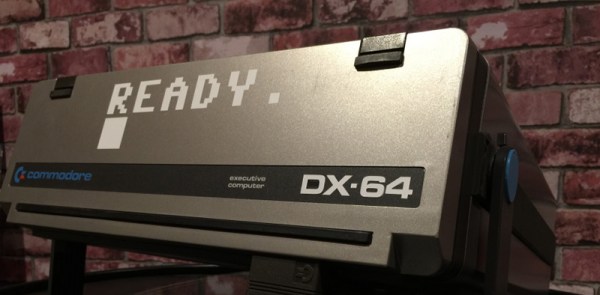There are a few classic video games that rely on vector graphics and special monitors. Asteroids is incomplete if you’re not playing it in its original arcade format. The same goes with Tempest, Lunar Lander, and the 1983 Star Wars arcade game. Emulation of these games is possible, even with MAME, but the display – like every display you can buy today – is still rasterized. The solution to this problem is to create a vector display output for MAME that works in conjunction with adapter boards and DACs connected to a monitor.
For this year’s Chaos Computer Congress, that’s exactly what [Trammell Hudson] and [Adelle Lin] did. They’ve created an open source vector gaming system that connects MAME to XY monitors and oscilloscopes.
The build uses a custom board equipped with a Teensy 3.1 microcontroller and a 12-bit DAC to convert XY coordinates sent by MAME to vectors that can be displayed on any XY monitor. This, of course, requires a patch to MAME, which the maintainers rejected as being an, “unacceptably hacky way to achieve the intended result.” It does achieve the intended result, though: allowing dozens of vector games playable on whatever monitor supports vector graphics.
So far, [Trammell] and [Adelle] have gotten their system working on Vectrex consoles, analog oscilloscopes set to XY mode, and vectorscopes that litter every broadcast station and surplus shop. Check out [Trammell] and [Adelle]’s talk, and if you want to build the V.st vector display driver, the board is available from OSHPark.


















